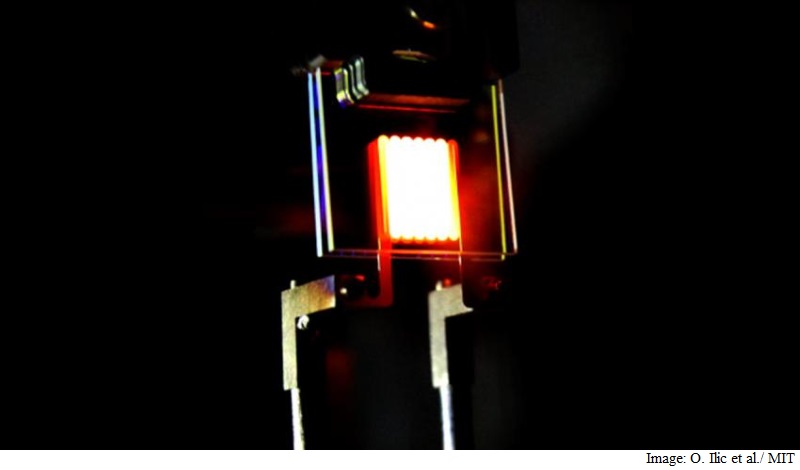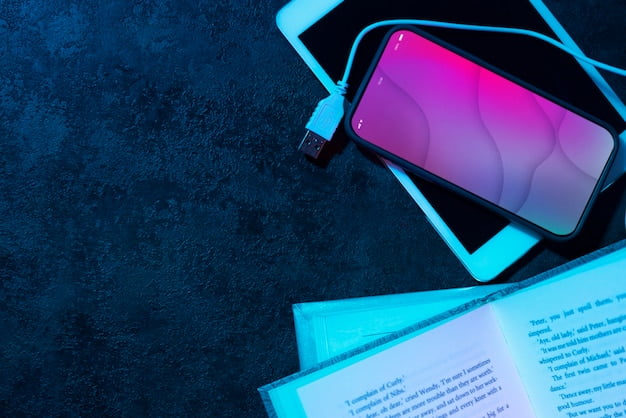
Scientists have developed a new technique to improve the efficiency of traditional lightbulbs by recycling the waste energy and focusing it back on the filament where it is re-emitted as visible light.
Incandescent lightbulbs produce light by using electricity to heat a thin, tungsten wire filament to temperatures of around 2,700 degrees Celsius.
This causes the filament to glow and produce a broad spectrum, warm white light.
However, lightbulbs of this type are hugely inefficient – they only convert around 2-3 per cent of the energy they use into light – the rest is wasted as heat.
Researchers at Massachusetts Institute of Technology (MIT) in US used nanotechnology to build a structure that surrounds the filament of the bulb and captures the leaking infrared radiation, reflecting it back to the filament where it is re-absorbed and then re-emitted as visible light.
The structure is made from thin layers of a type of light-controlling crystal.
The layers are stacked in a way that allows the visible wavelengths to pass through, while infrared get reflected back to the filament as if in a mirror, researchers said.
“It is not so much the material you make the surrounding structure from, it is how you arrange the material to create the optical filtering property that will recycle infra red light and let the visible light through,” lead author Ognjen Illic told ‘BBC News’.
The crystal structures could boost the efficiency of incandescent bulbs to 40 per cent, making them three times more efficient than the best LED or CFL bulbs on the market.
The researchers have built their first proof-of-concept units which reach an efficiency of 6.6 per cent, which is almost three times the level of a standard incandescent bulb.
[“source-gadgets”]


